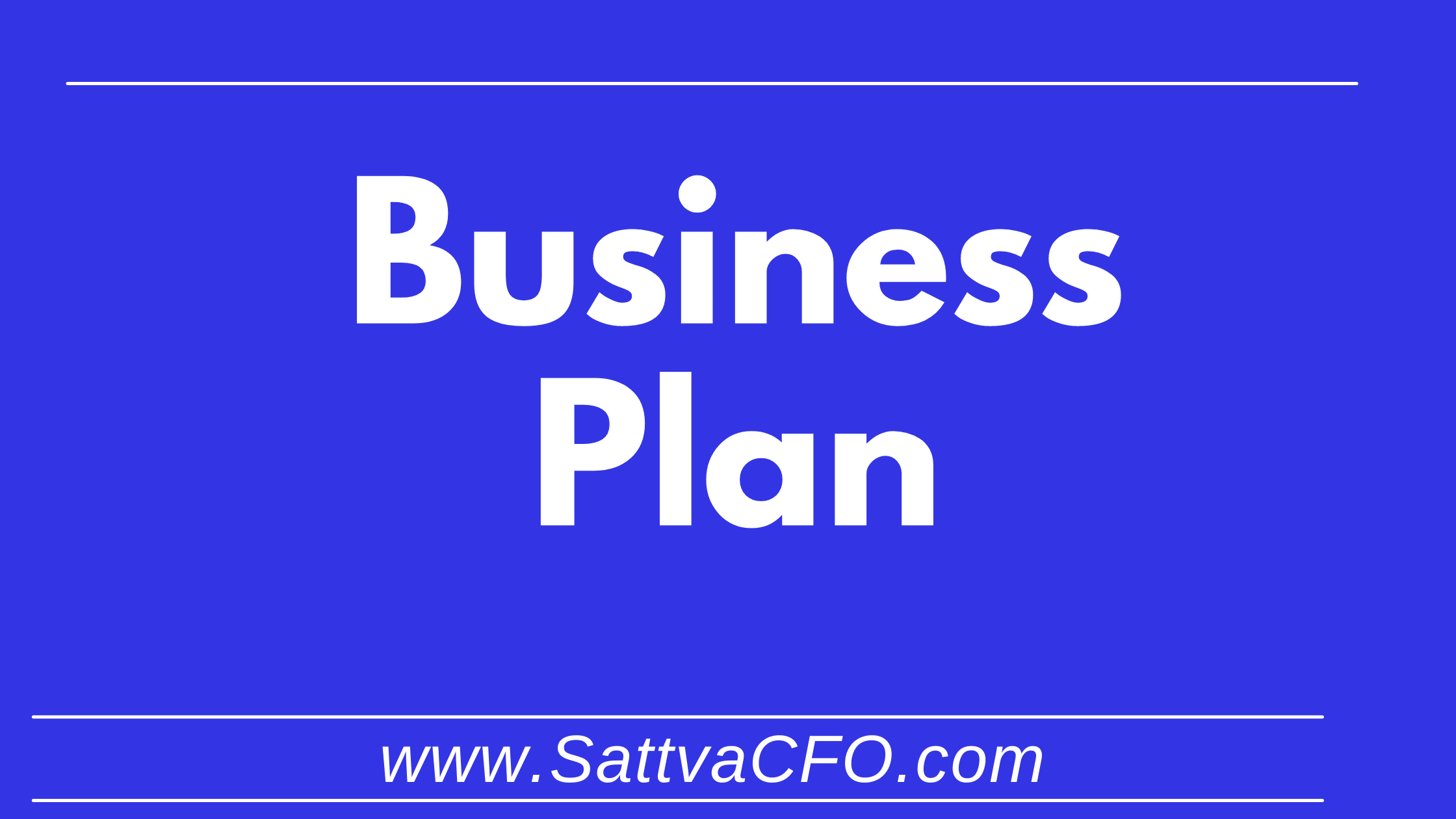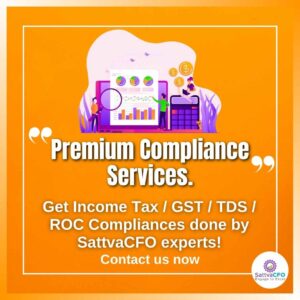Business Plan – Key contents & benefits
Table of Contents
Business Plan
A business plan is a roadmap as to how to run and grow your business. A business plan provides a concrete shape of how you are looking forward to taking your business to a designated target. Business Plan – contents and benefits
A business plan helps both internal and external stakeholders to understand the goal of the business, the resources required to achieve the goal, and the time frame to achieve the goals.
Intricacies of a business plan would depend on the use of such a plan. A business plan for financial stakeholders should elaborate on the detailed financial forecasting so provide comfort to the financial investors. Similarly for a non-profit organization, the same should focus on the social cause and relief to the marginal section of the society.
Benefits of a Business Plan
The benefits of a business plan are as follows:
Strategic direction:
Startup and growing business needs to define their strategic priorities and move forward on this laid down plan.
Define Priority:
It is critical to define priorities for a growing business so that the allocation of scarce resources happens as per the priority outlined in this regard.
Define Metrics:
Key Performance Indicators (KPI’s) helps to track the performance of the enterprise based on the KPI’s defined.
Set Accountability:
Good business plan set forth expectation in advance and track actual performance against the target outlined in this regard.
Performance Measurement:
Performance of the management and a company as a whole is undertaken basis business plan as a base for comparison.
Contents of a business plan
The contents of a business plan are as follows:
Executive Summary
A well-stated and crisp executive summary helps top management to derive the contents of a business plan. Make sure to include key elements of your plan in a concise manner.
Company Description
The company description should include:
- Company Name: Mention the name of the company.
- Company registration details: Company registration details like CIN number for a limited company, LLPIN for LLP, Partnership firm registration number, etc.
- Company business structure: Mention whether it is Private Limited company, Public owned Listed company, Partnership firm, LLP etc.
- Location of the company and any additional place of business: State the location of headquarter, branches, factory, sales offices, retail store, if applicable
- Objectives: State what the company wants to achieve in the near future.
- Mission Statement
- Vision Statement
Products & Services
The business plan must contain details about the product and services which the entity is offering as follows:
- Description of product and services.
- Comparison against competitors
- USP (Unique selling proposition)
- Pricing details
- Sales brochures
- Logo and registration status
- Tag line
- Process of order fulfillment
- Intellectual property including trademarks, patents, certifications.
- Product Life cycles
- Pre-requisite to launch your products/services
- Expansion plan for existing product and services
Marketing Plan
The marketing plan consists of the following:
- Competitive Analysis
- SWOT Analysis – Identify the Strengths, Weakness, Opportunity, and Threats.
- Business Cycle – Customer’s buying pattern
- USP – Unique Selling Proposition – Elucidate key differentiation vis a vis with competitors.
- Brand – How the brand is perceived.
- Digital Marketing Channels
- Search Engine Optimization (SEO)
- Content Marketing
- Social Media Marketing
- Email Marketing
- Mobile Marketing
- Marketing Analytics
- Pay-per-click
- Digital Advertisement
- Marketing Strategies
Operation Plan
The operational plan should include the following:
- Outline the day-to-day operation.
- The physical layout of premises, Location, Site of the business, drawings, Lease agreement, sale deeds, valuation if available.
- Plant & Equipment – Equipment required for running the business operation.
- Details of other assets like furniture, IT systems, vehicles, etc.
- Mortgage or charge on the property and assets of the company
- Cost estimates for Asset acquisition and running operations.
- Product pricing strategy
- Feasibility if the startup is at an ideation stage.
- Production process and workflow.
Management
The management section of a business plan consists of:
- Ownership structure
- Capital contribution.
- Internal Management team
- External resources deployed
Key Team Members
Key Team members section consists of:
- Manpower/resources required to run operation.
- Count and Cost of manpower
- Organizational hierarchy
- Top Management and their designations
- Related experience
Conclusion -Business Plan – contents and benefits
The conclusion of the business plan summarizes all information gathered in the business plan. This further reinforces the executive summary and Call-to-Action (CTA).
Also read:




